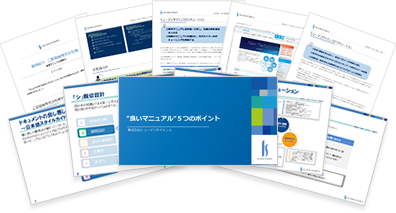
- Table of Contents
1. What is Customer Success?

Customer success refers to the efforts to guide customers towards successful experiences, as the term implies. It aims not only to provide products and services but also to actively offer information and support, striving to achieve both customer success and improved profit margins.
Difference from Customer Support
A term that is often confused with "Customer Success" is "Customer Support." Customer Support means "assistance for customers."
Customer Support is conducted to provide appropriate and speedy assistance for troubles that arise when customers use products or services, with the aim of enhancing customer satisfaction. It mainly involves passive actions, such as responding to inquiries received at call centers.
However, Customer Success aims for the success of the customer and proactively provides advice and support in advance. In this way, there are significant differences between Customer Success and Customer Support in terms of purpose and approach.
The Background of Growing Attention on Customer Success
With DX, market needs have diversified, and products and services are shifting from a "one-time sale model" to a "retention model." As a result, many subscription-based services have emerged. While customer success initiatives began early overseas, their importance has been increasing year by year in Japan as well.
•Market Maturity
The globalization of the market has progressed, allowing for quick access to products and services from around the world. Additionally, as new products and services are continuously developed, it has become challenging to maintain advantages in functionality, technology, and pricing. Therefore, added value through customer success has become necessary.
•Expansion of Subscription Models
As mentioned earlier, due to the commoditization, not only the physical value of ownership but also the experiences and joys gained from usage have become important. Therefore, the "subscription-based" business model is expanding. In this model, it is crucial not only to have customers make a purchase (contract) but also to ensure that they "continue to use" the service without canceling. It is necessary to continuously provide value in the form of experiences and joys based on the customer's usage situation.
•Proliferation of CRM (Customer Relationship Management) Systems
Due to digital transformation (DX), many companies have implemented customer relationship management systems (CRM), creating an environment where they can respond to customers individually. As a result, it has become easier to implement measures to improve customer satisfaction.
Role of Customer Success
The roles of customer success include the following:
• Maximizing LTV (Customer Lifetime Value)
• Maintaining retention rates
• Improving customer satisfaction
• Expanding usage (upselling and cross-selling)
Maximizing LTV (Customer Lifetime Value)
LTV (Life Time Value) refers to the "total profit generated from a customer over their lifetime." It is the total amount of profit brought to the company from the time a customer starts using the purchased services or products until they cancel. In a one-time purchase model, the timing of LTV was at the time of purchase, but in a subscription model, LTV continues to increase as long as the customer maintains their contract. In other words, a subscription-based business model is optimal for maximizing LTV.
Maintaining Retention Rate
In order to encourage continued use, it is essential for customers to fully utilize the products and services and feel their value. Therefore, meticulous support for customers is indispensable. It is necessary to eliminate customers' doubts and concerns. By actively communicating and continuing efforts to resolve questions and uncertainties, customer trust will increase, and the retention rate will improve.
Improving Customer Satisfaction
When dissatisfaction with products or services accumulates, it leads to cancellations. Therefore, it is essential to always be aware of customer satisfaction. To maintain a high level of customer satisfaction, we must continuously improve and enhance, providing value in our products and services. We will implement ongoing surveys and interviews to identify issues, creating a system to feed this information back into our products and services for improvement. By doing so, we not only enhance convenience but also lead to the "improved" joy for customers, which can further increase satisfaction.
Expansion of Use (Upsell & Cross-sell)
Examples of expansion of use include upselling and cross-selling.
・Upsell: Encouraging customers to upgrade to a higher-grade service
・Cross-sell: Encouraging customers to purchase additional products or services
Changing from a standard plan to a premium plan is an example of upselling, while adding optional services is an example of cross-selling. Achieving upselling and cross-selling can lead to increased revenue and maximize LTV. If customers are satisfied with the product or service, it becomes easier to connect them to upselling and cross-selling opportunities.
Reasons Why Customer Success is Essential for SaaS
"SaaS (Software as a Service)" refers to software provided as a cloud service. Typical examples include business chat and office software.
Many SaaS products adopt a subscription model where customers pay a monthly fee. Therefore, to continue generating revenue, it is necessary to increase the renewal rate and ensure that many customers continue for the long term.
The key to this is customer success. By proactively addressing and resolving customer dissatisfaction and continuously providing benefits, customer satisfaction can be enhanced, churn can be prevented, and the renewal rate can be improved.
Currently, many SaaS products are available, and competition is intensifying. If customers do not feel the effects of problem-solving, it will be difficult for them to continue using the product or service for a long time.
To succeed in the SaaS business, it is essential to practice customer success, enhance customer satisfaction, and improve LTV.
The Relationship Between Customer Success and CX
"Customer Experience (CX)" refers to the term that means "customer experience" or "customer experience value." It refers to the experiences and values that customers gain throughout the entire process, from before purchase to after purchase.
CX includes not only objective values such as product functionality and price but also experiences and values that appeal to customers' emotions, such as communication, after-sales service, complaint handling, and the atmosphere of the store.
Therefore, the way we engage with customers in customer success can be said to be directly linked to CX. For example, if the communication from the company after purchase is favorable, the impression of the product itself improves, enhancing the CX.
When working on customer success, it is important to focus on how to improve CX and to consider measures from the customer's perspective.
2. Things to Check Before Launching Customer Success

Confirmation of the Customer Success Organizational Model
By building an appropriate customer success organization, you can fulfill the aforementioned role of customer success. There are several models for customer success organizations. Here, we will classify them as follows.
・All-Rounder Type
・Specialist Type
・Sales-Oriented Type
・Partnership Type
All-Rounder Model
The all-rounder model, as the name suggests, is a model that covers everything from sales to onboarding, support, retention, and upselling/cross-selling.
It is often seen in companies that have just launched customer success initiatives or in small startups. The advantage of this model is that customer success becomes the core of the business, which can lead to a decrease in churn rates. For example, if sales no longer focus solely on meeting quotas and stop attracting customers who do not match the product or service, the churn rate will decrease. The disadvantage is that the workload for customer success becomes significantly larger.
Specialist Type
The specialist type is a model that builds specialized teams such as onboarding teams, tech touch teams, and sales teams within the customer success department.
The advantage of this model is that each team can focus on their respective tasks, allowing them to provide optimal support to customers. It also helps reduce the overall workload of the customer success department. The downside is that if collaboration between teams is not smooth, it can lead to delays in response and potentially increase churn. Additionally, if a sufficient number of customer success personnel cannot be gathered, it becomes difficult to implement the specialist type.
Sales-Oriented
This is a model where customer success works closely with sales to advance operations.
The advantage of this model is that by closely collaborating with sales, customer success can sell products to customers that fit the company, and propose upsells and cross-sells at the optimal timing. This is often seen in companies where the products are not complex or where there are few customers. The disadvantage is that as the number of customers increases, collaboration becomes difficult.
Partnership Model
This is a model where customer success supports customers in a collaborative manner.
The advantage of this model is that customer success can proactively address customer issues by working closely with them. Additionally, since it allows for an accurate understanding of the customer's situation, it becomes easier to implement upselling and cross-selling. This model is ideal for companies with a high-touch segment that has a high customer lifetime value per client, even if the number of customers is small. However, a disadvantage is that if there are many customers, sufficient support may not be feasible.
Others
There is also a model for building customer success teams by region to match the customer's area, and an organizational chart that creates teams based on customer size is also effective.
Points to Check Before Launch
Customer Understanding
Customer success is an initiative to maximize LTV (Customer Lifetime Value) by supporting the success of customers. Therefore, it is necessary to clarify in advance what constitutes "success for the customer." Customer challenges and goals vary by industry and sector. It is important to first gain a deep understanding of the customer and specify what "success looks like for the customer" and "what is necessary for the customer to succeed." This will make it easier to grasp the optimal organizational structure and direction of goals.
Set Performance Goals for Customer Success Activities
In customer success activities, improving the churn rate of subscription products and services should be the primary goal. Additionally, enhancing customer loyalty and maximizing LTV through upselling and cross-selling are also objectives in customer success. Since the priorities of what to focus on change based on the goals, it is necessary to carefully consider and clarify the expected outcomes.
Clarify Roles Within the Organization
In addition to the sales team and customer support that have direct contact with customers, it is necessary to collaborate with almost all departments, such as marketing and development, in terms of "providing value to customers." It is important to clarify the division of roles among each department and how they contribute to customer success. Additionally, from the perspective of customer success, it is necessary to establish metrics such as retention rates and upsell/cross-sell rates for the sales team, and customer satisfaction for the customer support department. By clarifying the roles and metrics for each department, confusion is less likely to occur when establishing a customer success organization.
Clarify the Scope of Services
It is also important to clearly define what services the Customer Success department will provide to customers. For example, establish whether regular meetings will be held weekly or bi-weekly. Additionally, clarify the scope of work as much as possible, such as whether report creation will be included.
3. How to Build a Customer Success Organization

Create a Customer Journey Map
A customer journey map is a visual representation of the series of processes that customers go through in their interactions with a product or service. The journey refers to the "process = customer experience" in the use of the service. In other words, a customer journey map can be described as the "visualization of a customer's series of product and service experiences." Creating this map can be the first step in accurately understanding the customer's business environment, needs, and challenges. Additionally, since multiple departments are involved in customer success, creating a customer journey map and visualizing the path of support services allows for sharing that process and preparing to ensure that customer success services are executed correctly.
Determine the organizational structure
We will establish an organizational structure to focus on customer success. As mentioned earlier, there are several organizational models, so we will consider the optimal structure for our company. In some cases, we may support it directly under the sales or service departments, while in other cases, we may place a Chief Customer Officer to oversee the entire operation separately from other departments. In startups or situations where human resources are limited, it seems that the structure may start with just one dedicated customer success person.
Determine the method of interdepartmental collaboration
It may be true for any service, but interdepartmental collaboration is crucial for promoting company-wide initiatives. To ensure smooth operations of the customer success organization, it is important to delineate the scope of work and to decide in advance on the methods of collaboration.
Set KPIs
We will set KPIs to ensure that the customer success organization functions effectively.
| LTV | Total amount (revenue) used by the customer from the start of use to cancellation |
|---|---|
| Onboarding Completion Rate | Percentage of customers taking actions expected to continue using the service |
| Churn Rate | Percentage of Customers Who Canceled |
| Upsell and Cross-sell Rate | Upsell and Cross-sell Ratio |
When setting KPIs, ease of operation is also important. Additionally, since situations are constantly changing, it is essential to regularly verify whether the established KPIs are appropriate.
Common Mistakes
Start by efficiently addressing a wide range of customer needs
Even if you enhance documents such as initial setup manuals without adequate support, these documents may not be utilized, which can actually raise the psychological barrier to starting use. When trying to solve the challenges of a diverse customer base in this way, it is possible that the approach to solving the challenges is incorrect, or even if the challenges are resolved, there may be no success beyond that point. It is essential to first create a success model and clarify the path to customer success.
Taking Customer Feedback at Face Value
Simply reflecting what customers say directly into support or services can also lead to failure. Customers do not always communicate their needs or challenges accurately. Therefore, directly reflecting this in services may not lead to customer success. It is crucial to understand customer behavior and statements, and to infer and inquire about the underlying situations and needs.
4. Summary
At Human Science, we offer a variety of services for the customer success department. In particular, we believe that the quality of the content provided by the customer success department is key to achieving customer success. Necessary actions include improving and creating manuals, enhancing FAQs, and producing training content. Attempting to handle these in-house can be costly, and the quality must also be clear and understandable. Human Science has extensive experience in creating clear manuals and e-learning content. We offer the following services.
•Quality Improvement of Manuals and Training Texts
We propose the most suitable user manuals, technical documents, help, and FAQs for your environment. We start with an evaluation of the current manuals and provide consulting for building multilingual support systems and CMS operations. We can also undertake the production of video manuals.
•Production of educational content and support for the introduction of LMS (Learning Management System)
We propose educational content that is best suited for your environment, just like manuals. Starting with an evaluation of the current content, we can also optimize the LMS and support multilingual capabilities.
•Chatbot Implementation and Development Support
Many companies are advancing the implementation of chatbots to improve customer support efficiency. We propose the most suitable chatbot for your environment. We can provide one-stop support from the implementation of the chatbot system to content creation.
The following are achievements for the Customer Success Department.
WingArc1st Inc.: Content evaluation, improvement consulting, and content production services for the Customer Success Department
https://hs-learning.jp/case/wingarc1st/
We provide a one-stop service for creating easy-to-understand manuals, video manuals, and e-learning content necessary for customer success, so please make use of it.

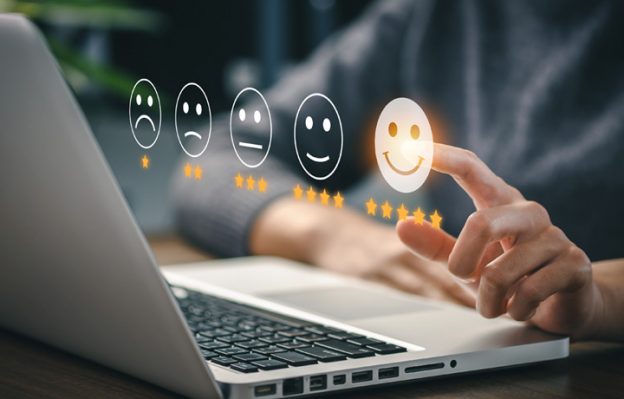








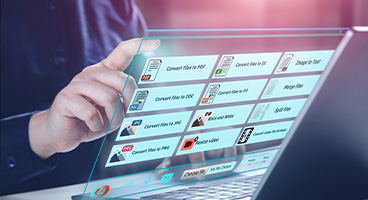









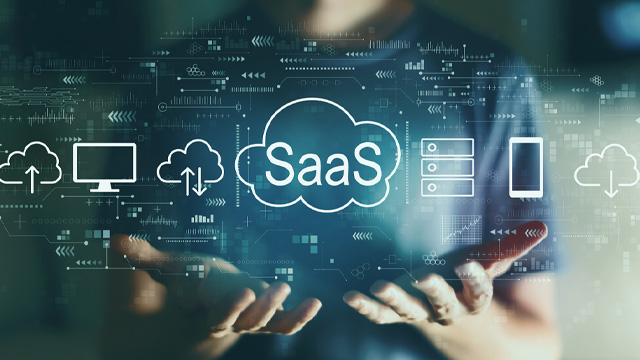








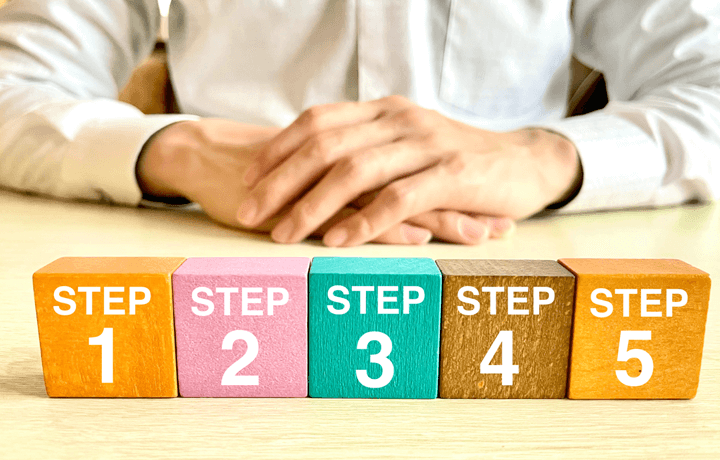

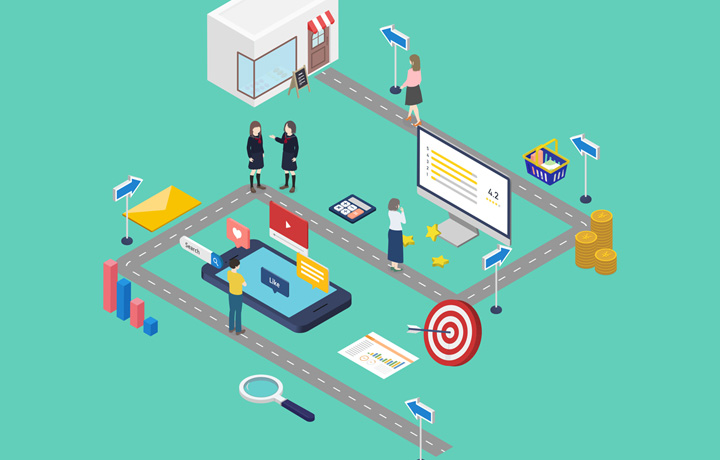
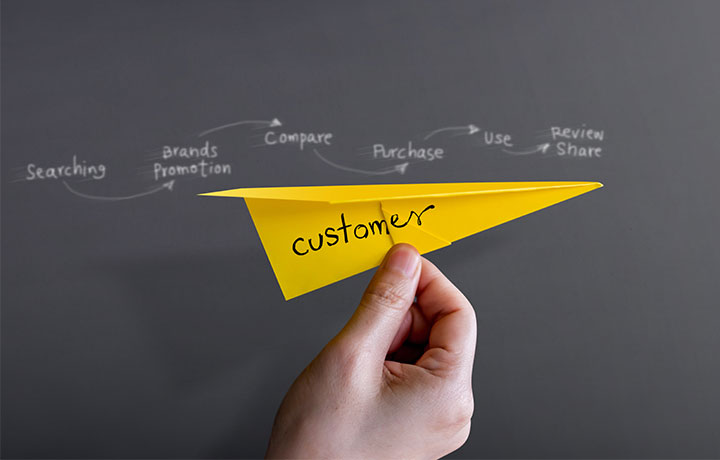




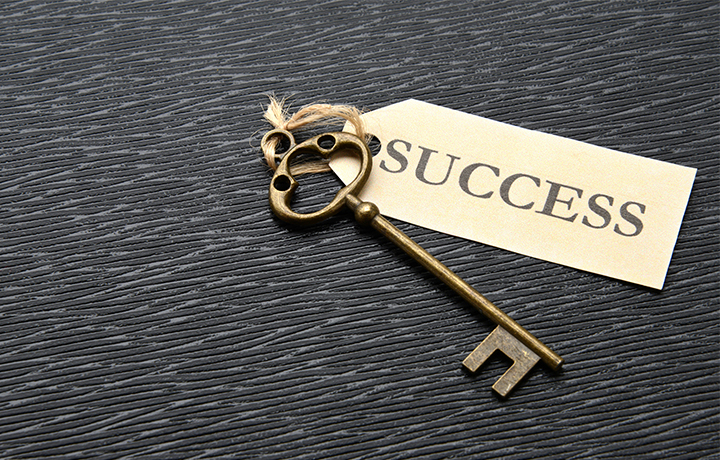






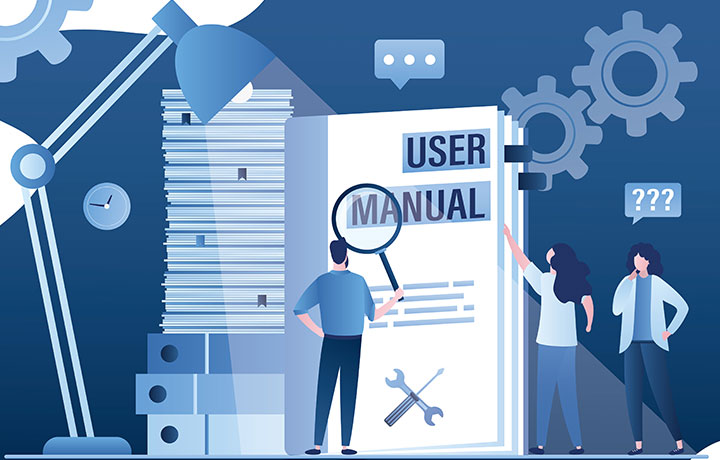



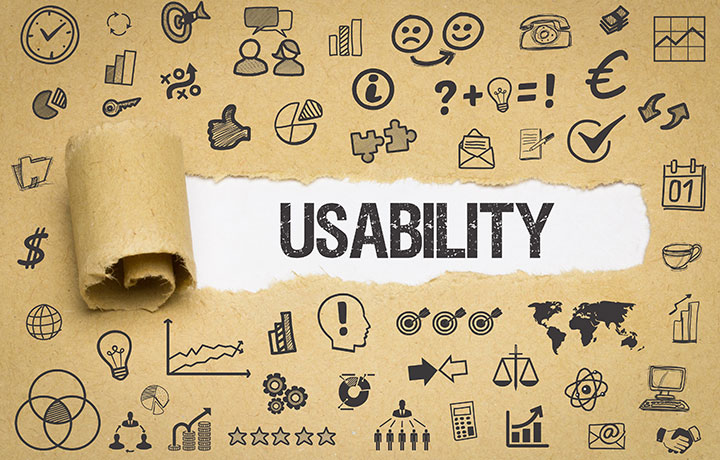

















 Manual creation
Manual creation Director, Writer
Director, Writer In-house Support
In-house Support Video
Video Manual
Manual Manual Creation
Manual Creation One-Stop Service for Manual Creation
One-Stop Service for Manual Creation Manuals and Documents
Manuals and Documents